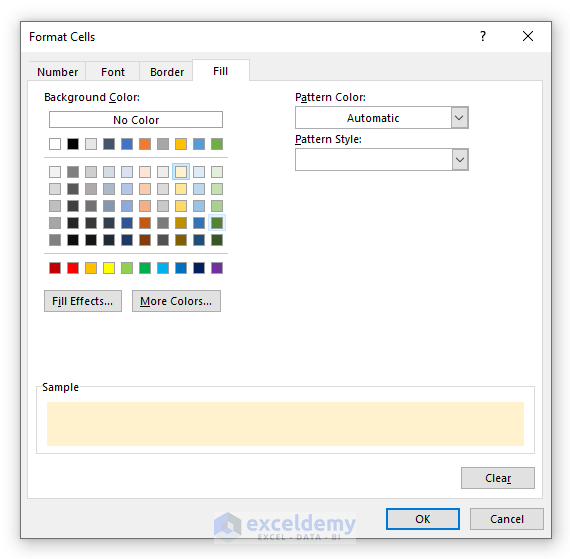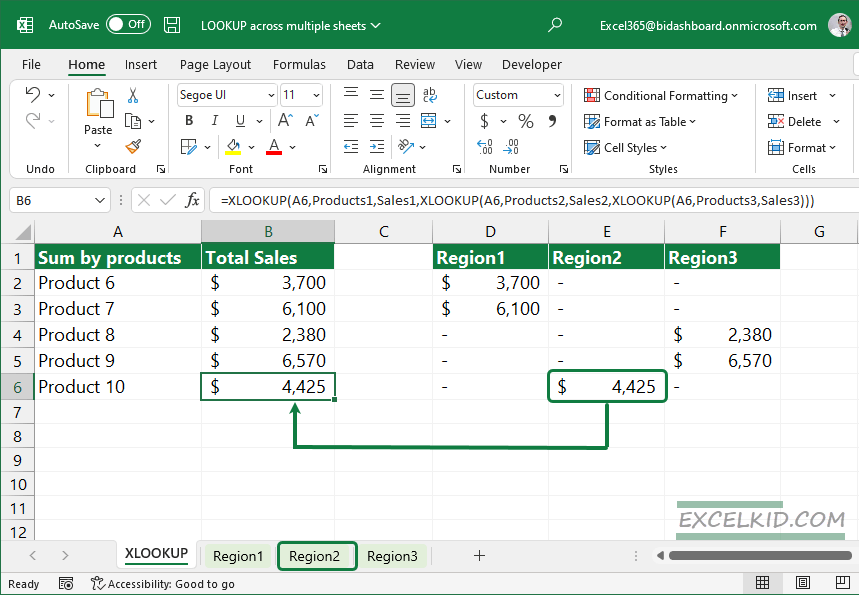Compare Values Across Excel Sheets Easily

Excel remains a powerful tool for financial analysts, accountants, data analysts, and anyone who works with data. The ability to compare values across different sheets seamlessly can significantly streamline your workflow, improve your analysis efficiency, and help in identifying discrepancies or trends that would otherwise go unnoticed. Let's delve into the world of Excel and explore how you can compare values across Excel sheets easily.
The Need for Comparing Sheets in Excel

Before we jump into the methods of comparison, let's understand why comparing values across sheets is essential:
- Data Consistency: Ensuring that data entered into one sheet corresponds with the data on another sheet, preventing errors or duplication.
- Trend Analysis: Comparing historical data across time periods or different datasets to identify trends.
- Error Checking: Identifying inconsistencies, such as mismatched values or unexpected results, by comparing data from different sheets.
- Reporting: Creating comprehensive reports that consolidate information from various sources within the same workbook.
Basic Excel Comparison Techniques

Here are some fundamental techniques to compare values in Excel:
VLOOKUP

The VLOOKUP function is one of the simplest ways to compare data across sheets. Here's how to use it:
=VLOOKUP(lookup_value, table_array, col_index_num, [range_lookup])
- lookup_value: The value you want to find in the other sheet.
- table_array: The range of cells that contains the data to be looked up.
- col_index_num: The column number in the table_array where the value you want to compare is located.
- range_lookup: This is optional. Set it to FALSE for an exact match.
Here’s an example where you compare the ‘Employee ID’ from Sheet1 with the ID list on Sheet2:
=VLOOKUP(A2,Sheet2!A2:B100,2,FALSE)
This formula looks for the value in cell A2 from Sheet1 in the first column of the range A2:B100 on Sheet2, returning the value from the second column of that range. If there's no match, Excel will return #N/A.
🔍 Note: Remember to handle #N/A errors with functions like IFERROR or ISERROR to provide more meaningful results or indicators when there are no matches.
INDEX and MATCH

This combination provides greater flexibility than VLOOKUP, especially for matching data across columns:
=INDEX(Sheet2!A2:B100,MATCH(A2,Sheet2!A2:A100,0),2)
- INDEX: Returns the value of a cell in a table based on the row and column number.
- MATCH: Finds the position of a lookup value within a range.
In this formula, MATCH looks for A2 from Sheet1 in Sheet2's A2:A100, and INDEX returns the corresponding value from the second column of Sheet2's A2:B100.
Advanced Techniques

Conditional Formatting

To visually compare data:
- Select the range you want to compare on both sheets.
- Go to Home > Conditional Formatting > New Rule > Use a formula to determine which cells to format.
- Enter a formula like
=$A2<>'Sheet2'!$A2to highlight differences or=$A2='Sheet2'!$A2for matches. - Choose a format that will make the differences or matches stand out.
Using Power Query

If you're dealing with larger datasets, Power Query offers a more robust method:
- Go to the Data tab, click on Get Data > From Other Sources > From Microsoft Query.
- Select your workbook and choose the sheets you want to compare.
- In Power Query Editor, use the Merge Queries option to match columns from different sheets.
- Once the data is merged, you can see comparisons side by side.
Macros and VBA for Dynamic Comparison

For automated, dynamic comparisons:
Creating a Comparison Macro

You can create a VBA macro to compare data:
Sub CompareSheets()
Dim ws1 As Worksheet, ws2 As Worksheet
Set ws1 = Sheets("Sheet1")
Set ws2 = Sheets("Sheet2")
Dim r As Range
For Each r In ws1.UsedRange
If r.Value <> ws2.Cells(r.Row, r.Column).Value Then
r.Interior.Color = RGB(255, 0, 0)
ws2.Cells(r.Row, r.Column).Interior.Color = RGB(255, 0, 0)
End If
Next r
End Sub
This simple macro goes through each cell in Sheet1, compares it with the corresponding cell in Sheet2, and colors cells red if they are different.
💡 Note: Macros can be powerful, but they also come with the need for security considerations. Always ensure you understand the code you're running, especially if you're not the one who wrote it.
Final Thoughts

Comparing values across Excel sheets is an indispensable skill for anyone working with large datasets or multiple workbooks. From the basic VLOOKUP to the advanced Power Query, Excel provides numerous tools and techniques to compare and analyze your data effectively. Whether you're checking for consistency, auditing data, or looking for trends, Excel's versatile functions can help you streamline your process, saving time and reducing errors.
What is the most straightforward method to compare values in Excel?

+
VLOOKUP is often the most straightforward method for comparing data across sheets in Excel, especially when dealing with datasets that aren’t too large.
Can Excel highlight the differences automatically?

+
Yes, with conditional formatting, you can set rules to highlight cells that differ or match across sheets.
Is it possible to compare data from sheets within different workbooks?

+
Absolutely. You can use any of the techniques mentioned above by referencing the external workbook in your formulas.
How do I automate the comparison process in Excel?

+
Automation can be achieved through VBA macros or Power Query. Both methods allow for dynamic, customizable data comparison with minimal user intervention.



